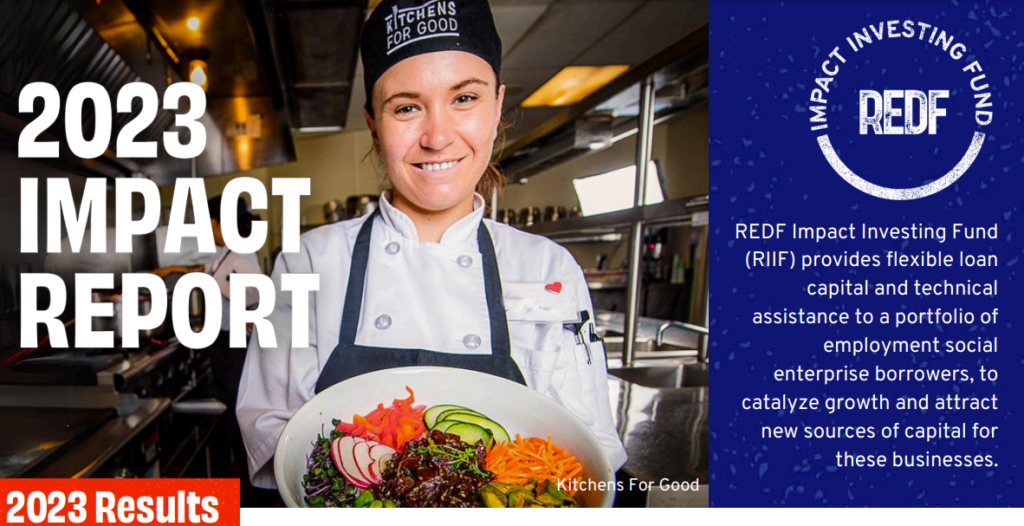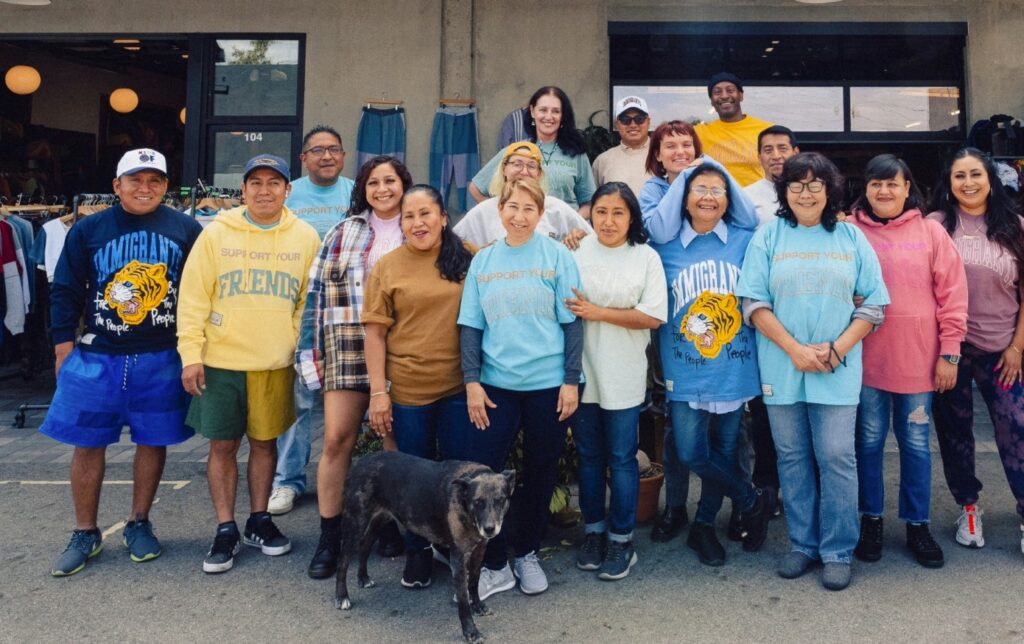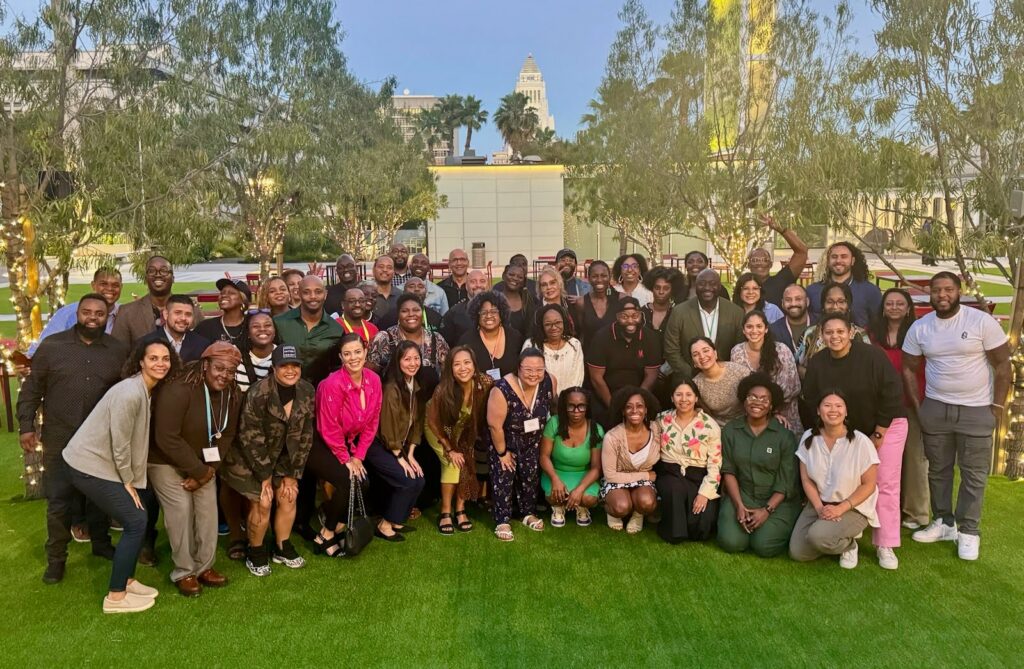Written by: Rony Cepeda Mekosh, Capacity Building Manager
Just as the philanthropic and impact lending fields wrestle with how to make capital distribution more equitable for BIPOC leaders, I believe that the power dynamics and equity in capacity building also need an overdue transformation. REDF made this commitment in our 2021-2025 strategy following the heart-wrenching murder of George Floyd, as well as an internal review of our own practices that revealed the way in which we determined eligibility for our programs was inadvertently biased toward employment social enterprises (ESEs) that were well-funded and whose leadership was predominantly white.
It’s with this perspective in mind that I believe capacity building – which I define as a set of activities beyond funding that help organizations reach their full potential – needs to be designed with an equity lens front and center. If not, those of us working in this practice risk not genuinely listening to the needs and voices of the organizations and communities we serve.
As someone who has dedicated his career to capacity building for social enterprises and nonprofits, my personal goal in this work is that our leaders always feel well-supported and have the tools needed to expand their organization’s reach and depth. My darkest nightmare is that leaders feel burdened, unheard, and disempowered. And as a Latino person of color, I would hate for my capacity building work to reinforce the same systems of injustice that I am trying to disrupt.
That’s why as I reflect on my time at REDF, I’ve been zeroing in on the practices and principles that I believe help make REDF’s capacity building more humble, equitable, and ultimately more effective. These are my top four, including entrepreneur feedback that show we are on the right track:
1. Funding comes with (not conditionally on) capacity building
This subtle difference means that engaging in capacity building projects won’t negatively impact the funding provided to ESEs. This makes engagements more collaborative and reinforces that capacity building is meant to amplify impact. As one ESE leader mentioned:
“I feel so comfortable bringing my problems and challenges with REDF – there’s no judgement, but instead an open door to share anything that may be going on or on my mind. REDF has never not been here to hear me out and support me.” – Will Avila, Clean Decisions
2. Our capacity building framework is built to be holistic
Building capacity for us isn’t defined as checking things off a list. Each organization’s support is tailored and considers everything from business strategy to program design, to shared services such as fundraising, accounting infrastructure, and general operations.
“Our work with REDF really laid the foundation for us to be successful in our production space – product mix, customer analysis, shop workflow, and systems. Once we open, we will hit steady state sooner because we took the time to lay this groundwork.” – Andrew McKnight, The Challenge Program & CP Furniture
3. Collaborative work planning
Our partner ESEs collaborate with us to determine what capacity building projects make sense for them. We bring our 25+ years of ESE knowledge into this work planning but deciding whether to engage in a capacity building project is always an open and honest conversation.
“The key thing was how flexible support was – you asked what we were worried about, what we thought we needed, and you offered us support in those areas. That flexibility was instrumental and made the support feel really tailored.” – Dan Rhoton, Hopeworks
4. Long-term multi-year support
Capacity building is hard and results can’t be measured overnight. That’s why ESEs in our Growth Portfolio receive three continuous years of funding and capacity building support.
“Working in the Growth Portfolio has given us time to reexamine what we’ve been doing in our current program, thinking of new ideas to scale. We’ve been able to pilot things faster and focus on what we need to do internally to invest in ourselves so we can grow and scale responsibly.” – Ashley Christy, GRID Alternatives of Greater Los Angeles
And to be candid, some of the above did not exist at the inception of REDF. It has taken a lot of listening to grantees plus introspection to get here and that’s why we made it core to our current strategy. Over the years REDF has learned a lot about what helps social enterprises succeed, but we have an obligation to share this information in a way that recognizes all the knowledge, skills, and life experiences of ESE leaders.
So, let’s move forward together. Let’s continue to explore how to make capacity building more equitable in its design and delivery. I am personally inspired to continue this conversation and encourage any interested ESE leader or capacity builders to reach out. The positive outcomes are endless.


